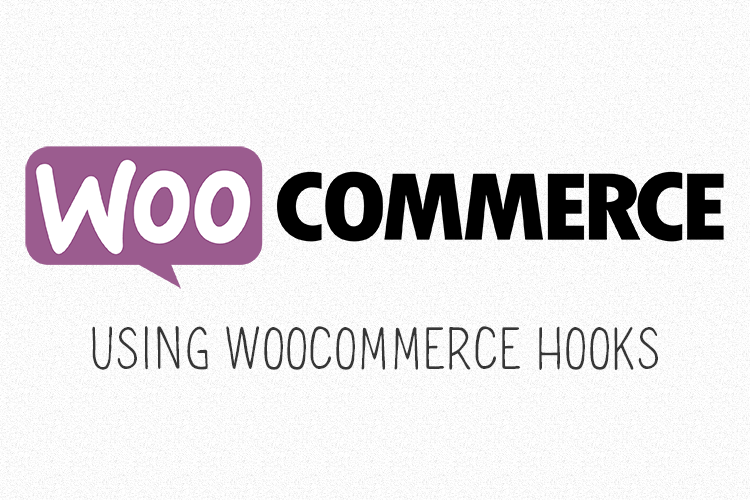When coding WordPress themes, especially if you do it regularly, its really useful to have a selection of code snippets in your toolbox to just ‘copy-n-paste’ as and when the…
If you’ve been following all the fuss regarding Gutenberg, the new WordPress editor, you know that many users have formed a very strong opinion of it. But, all the drama…
Generally speaking, if you ask 10 WordPress developers how to do something, you’ll receive ten different answers. But that speaks to both the versatility of the CMS and that there…
Plugins extend WordPress’ functionality and let you do almost anything with your existing site. In this tutorial, we create a downloads gallery WordPress plugin, keeping it plain and simple and…
If you are a heavy WordPress user,, you’re likely interested in deep customizations. There are a slew of plug-ins available, but some tasks are just easier to perform yourself. For…












